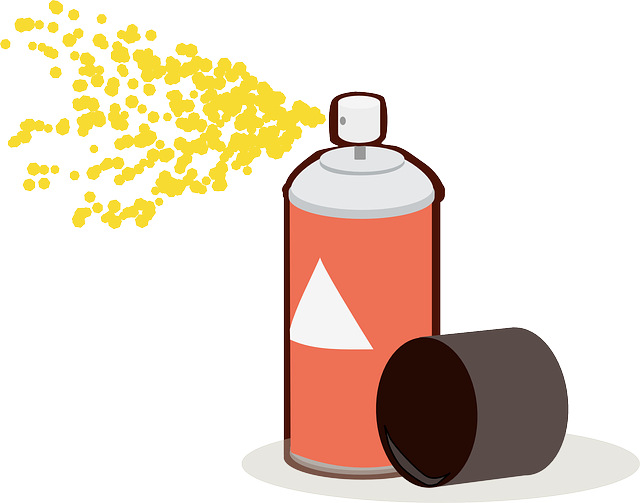|
Target: 10 Questions in 10 minutes |
|||||||||||||||||
| 1+2. The first law of thermodynamics is given as Q = ΔU + W. | |||||||||||||||||
1. In a real gas, ΔU is the change in..
|
|||||||||||||||||
2. Which of the following correctly gives the direction of energy transfer for positive values of Q and W?
|
|||||||||||||||||
3-5. The gas in a large syringe expands as it is heated. The pressure remains constant at 105 pascals, and 2 J of work is done as it expands.
|
|||||||||||||||||
3. What is the increase of volume during this expansion?
|
|||||||||||||||||
4. if 6 J of heat was supplied to the syringe, what is the change in internal energy of the gas?
| |||||||||||||||||
5. The experiment is repeated with n moles of gas, and this time the syringe has an internal energy change of +5 J. Which of the following gives the change in temperature of the gas?
| |||||||||||||||||
| 6. An aerosol can contains many gas particles under pressure. When the gas is released the pressure decreases. Which of the following options best describes the change in entropy and disorder of particles as the gas is released? |  |
||||||||||||||||
|
|||||||||||||||||
7. A bike pump can be used to push air into a tyre. Which of the following best describes the changes in entropy as this happens?
|
|||||||||||||||||
8. Cubes of a frozen liquid of mass m and at a temperature of T °C are melting. The latent heat of fusion of ice is L.
|
|||||||||||||||||
8. What is the change of entropy of the cubes when they have melted?
| |||||||||||||||||
9+10. Two moving particles are trapped within the left side of a box by a partition. The partition is lifted allowing the particles to move freely throughout the box.
The partition is randomly replaced, trapping one particle on each side of the box. if:
9. What are the values of P and Q? |
|||||||||||||||||
| |||||||||||||||||
10. What is the change of entropy in moving from the initial state of two particles in the left side to the final state of one particle being in each side of the box?
| |||||||||||||||||